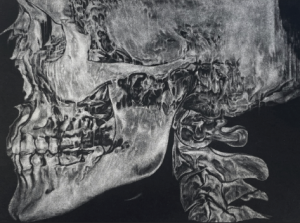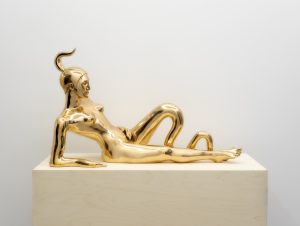The Franklin’s Welcome to the End contemplates the spaces and mechanics of resistance through form and subject. Curated by Edra Soto, The End’s thematic strands join to form a radical vision of resistance, one where presence and memory cradle a shared power. The show’s collaborative essay states, “The end was never really the beginning, but a sentiment to welcome – just as my mother’s soft whispers echo in my head welcome my child.” This vignette of a mother welcoming her child is key in considering The End’s resistance. Such sentiment speaks of the tangled potential of loss, confusion, growth, and connection rather than the concrete trajectory implied by a clear beginning. That is to say, The End explores the malleable and ambiguous as sources of strength; under this schema self-care, play, sadness, and survival are critical modes of political resistance.
Positioned in the BACKYARD component of the Franklin, Erik Peterson’s Snow Machines reconstitute the rituals of play in urban space. Created from the public bureaucratic emblems of signposts and parking meters, Peterson’s Machines necessitate viewer interaction. Directions prompt the viewer to utilize the Machines to build snowballs and begin a multiplayer snowball fight. Through the presence of these interactions public space is transformed into a zone of laughter and connectivity instead of isolation.
However, this is not to equate isolation with failure. When confronted with the contradictions and brutality of hatred, allowing the time and space for grief is vital. Suture Blue’s rotoscope animation SINK, showing on the FLATSCREEN, features a lone figure reclined on a sofa transfixed by an unknown, inner dialogue. The figure is immobile as they begin to slowly sink into a darkened patch that has stained the sofa cushion. The nondescript world of the sitting room then melts away as color and light explode, saturating and binding the figure in silence. Colors then fade, and the sofa reappears as the cycle continues anew. Blue’s study of stillness illustrates that immobilization cannot be likened to lack or absence; there are unseen worlds of rich hues and shadows.
The memories and histories that create such worlds are dissected in the Franklin’s main structural hub. Nazafarin Lotfi’s Thingness (a soft sculptural form made of papier-mâché) rests within Jaclyn Mednicov’s April 16 – May 18, 2016 (carpet) (screen prints of found text on carpet), a tactile testament to physicality and fragmentation. Lotfi’s Thingness exudes an aura of fragility in contrast to its imposing mass and physicality. Lotfi also routinely incorporates a human element in the presentation of Thingness, having performers move the spherical form through different environments, making an allusion to the world at large almost inescapable. Mednicov’s screen prints emanate a similar subtlety as the corrugated blurring of text to carpet hints at lived snippets of the past.
Consider Welcome to the End as a defiant exploration; we are at times scared, laughing, and unsure, but we are here and our voices will be heard.
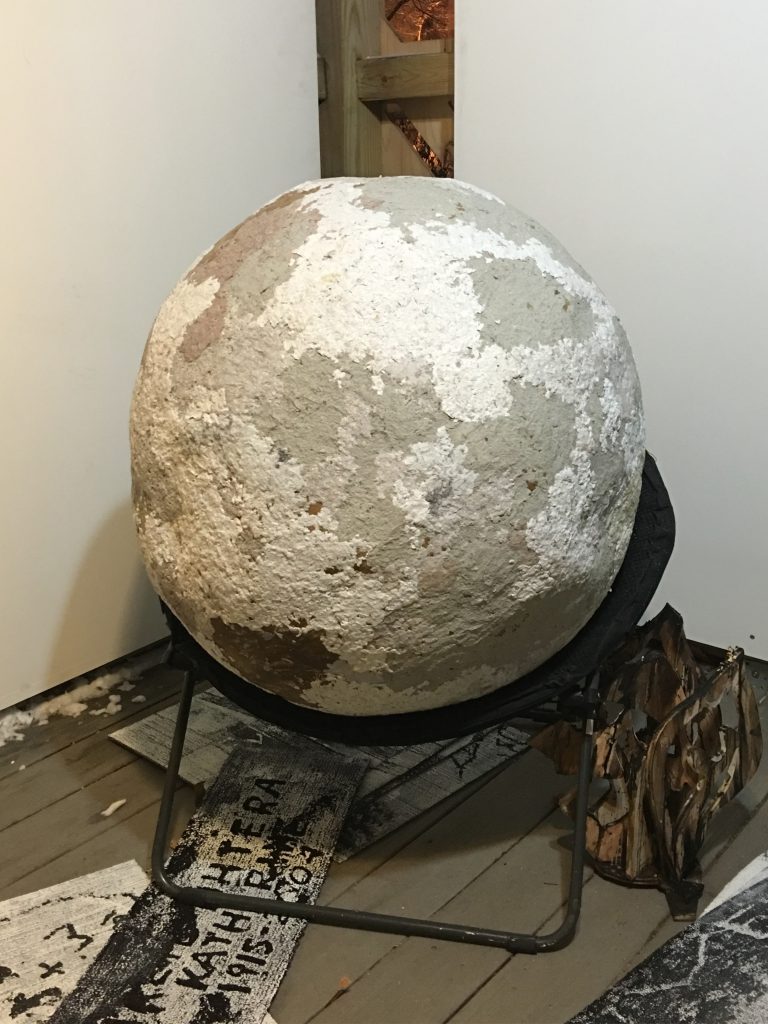
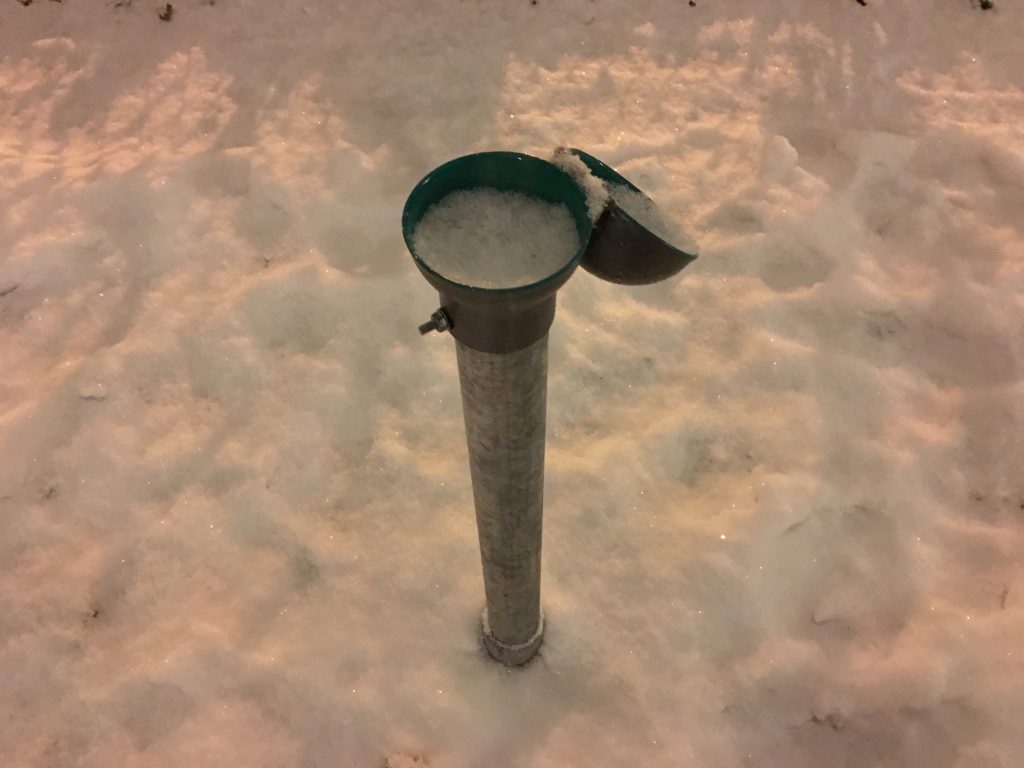
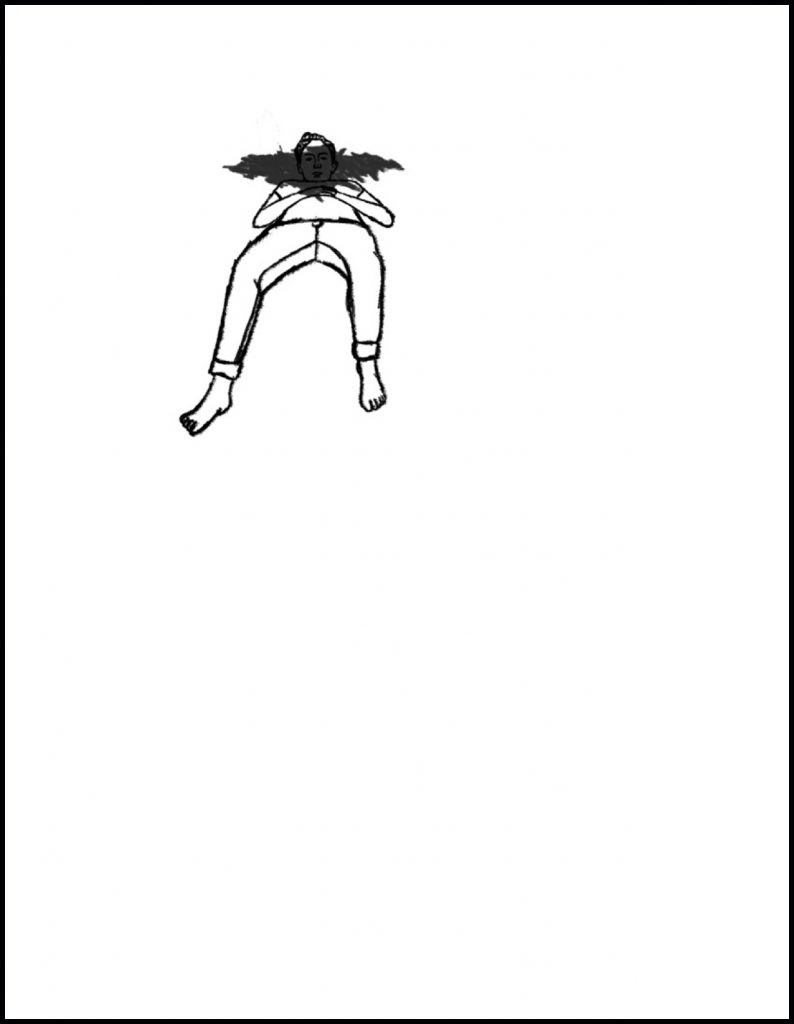
Featured Image: “Welcome To The End” at the Franklin, 2017.
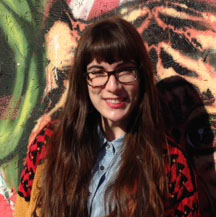 Annette LePique is a Chicago-based art historian and writer. She received her M.A. from the School of the Art Institute of Chicago in Modern and Contemporary Art History. She presented her research on gender, performativity and new media at Concordia University’s 2015 Constellations Clusters Networks Conference in Montreal.
Annette LePique is a Chicago-based art historian and writer. She received her M.A. from the School of the Art Institute of Chicago in Modern and Contemporary Art History. She presented her research on gender, performativity and new media at Concordia University’s 2015 Constellations Clusters Networks Conference in Montreal.

